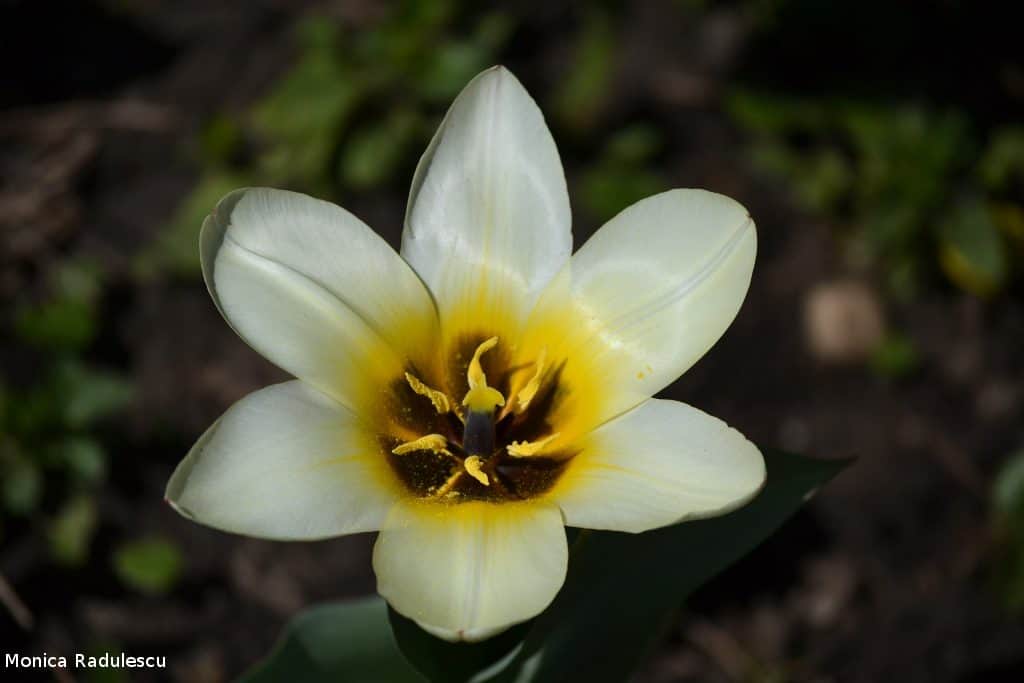In general, photography is considered a replica of reality through the eyes of the photographer. Many expect to see in pictures what they can see with their own eyes. But the eye of the photographer has endless possibilities and qualities. He/She sees beyond the human life and deep into nature’s life. The photographer sees lines, form, patterns, and colors. It isn’t necessarily to compose those elements into real objects. They are able to fill a picture by themselves.
The job of a photographer isn’t just reflecting the reality and being there at the right moment to immortalize the history. A photographer must show the unseen to the public, the underdog, the beauty of shape and color, the divine elegance of a line. By building perspectives unknown to the common people, the photographer is an ambassador of the Universe.
The best practice to achieve the eye of a photographer is to focus on a single element. Choose between color, form, geometry, pattern, and texture. Dedicate a shooting session to each compositional element. Look for them everywhere and allow yourself to be creative. Here are some tips for best-using form in photography.
Find Form
The first step in photographing forms is to find them. Anything that looks interesting, different, or simply beautiful is a good subject. There isn’t any rule about what kind of form is best for a picture. It could be a regular or an irregular form. Maybe it’s symmetrical, radial, or the weirdest form you have ever seen. It can be very, very small or big as a house. It can be natural or artificial, made by a human or just a graffiti on a wall. There aren’t any limits, really.
Frame Form
When you find a form perfect as a subject for your picture, try to make a star out of it. If it is small, get closer or use a telephoto lens to make it as big as your picture. Place it in the most eye-catchy place. Use a large aperture to narrow the depth of field. Keep just the form in focus. This will create a 3D effect that will emphasize the form even more.
Light and shadow
To really appreciate the form of an object, we need to see three dimensions. In photography, as in art, dimensionality is given by the relationship between light and dark areas. Don’t be afraid to photograph shadows. They completely describe a form, giving it a recognizable aspect. Look for round shapes and practice. Try to photograph in black and white, to eliminate the impact of colors.
Contrast
When your subject is a form, contrast is really important. You have to attract all eyes on the form, so it is essential to have the right background. Look for smooth colors, blurred backgrounds, or blended tones. If you don’t have these conditions, use a narrow depth of field to blur the background. You can also use a special lens, like the Lensbaby, which focus on a small area of the picture and blur everything else.

